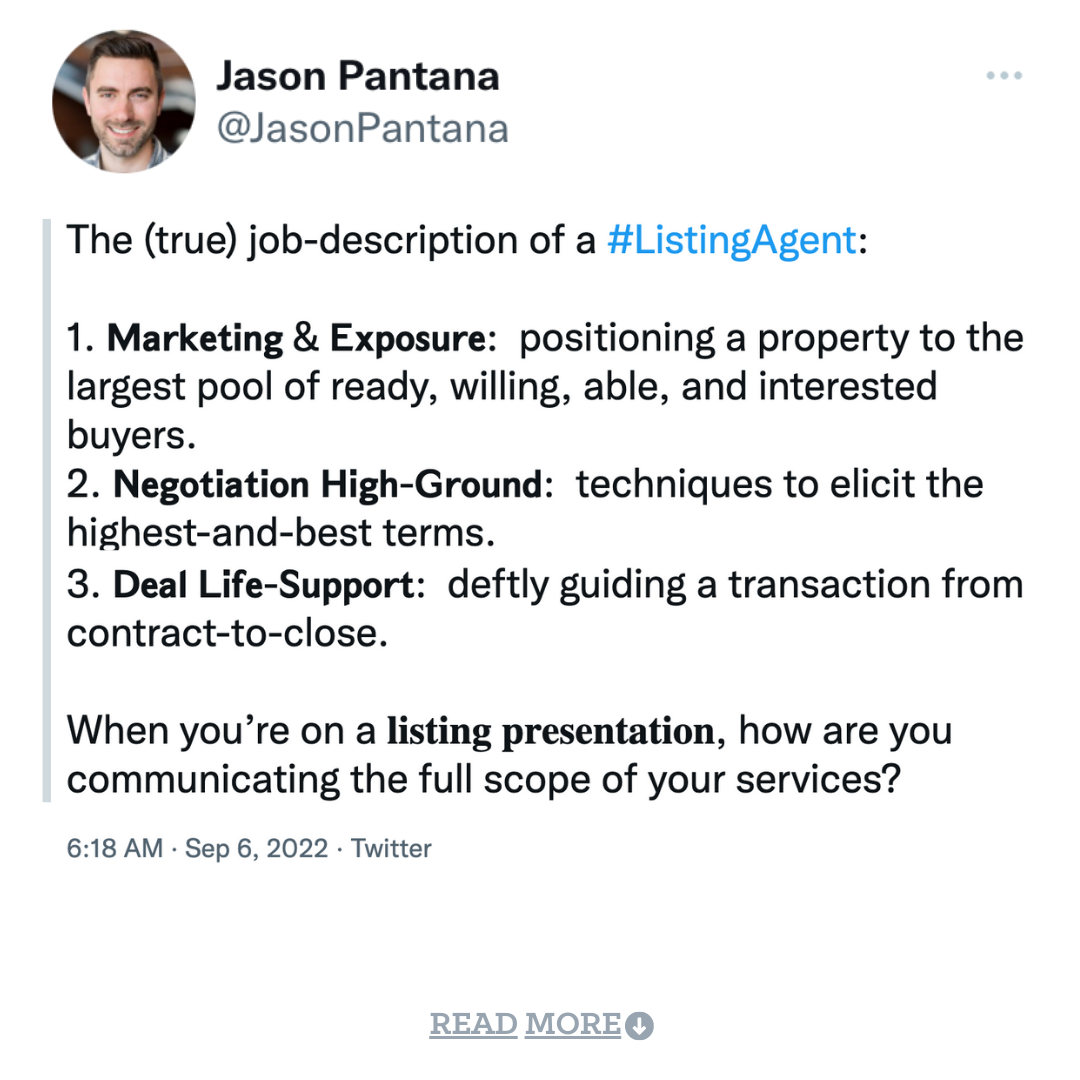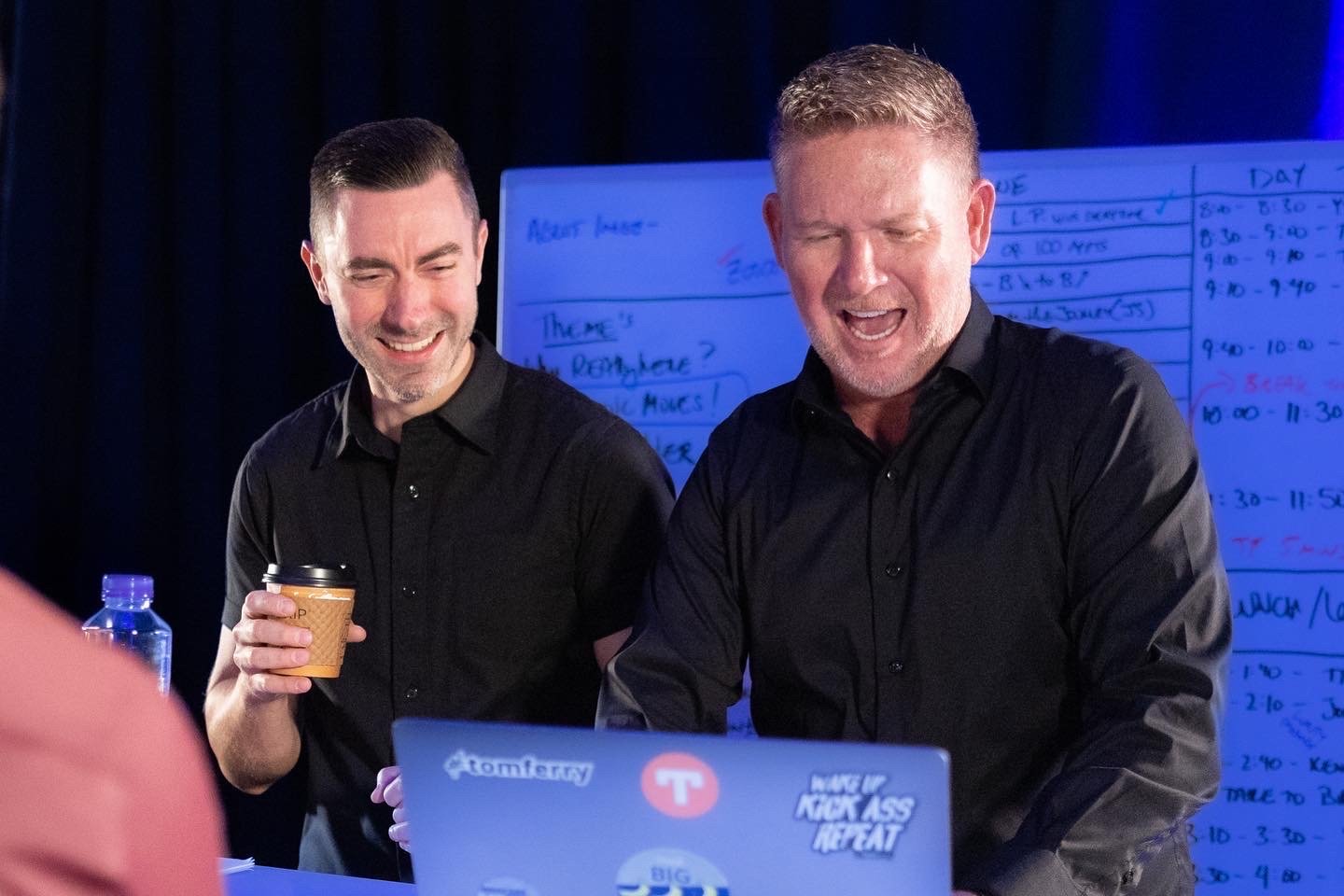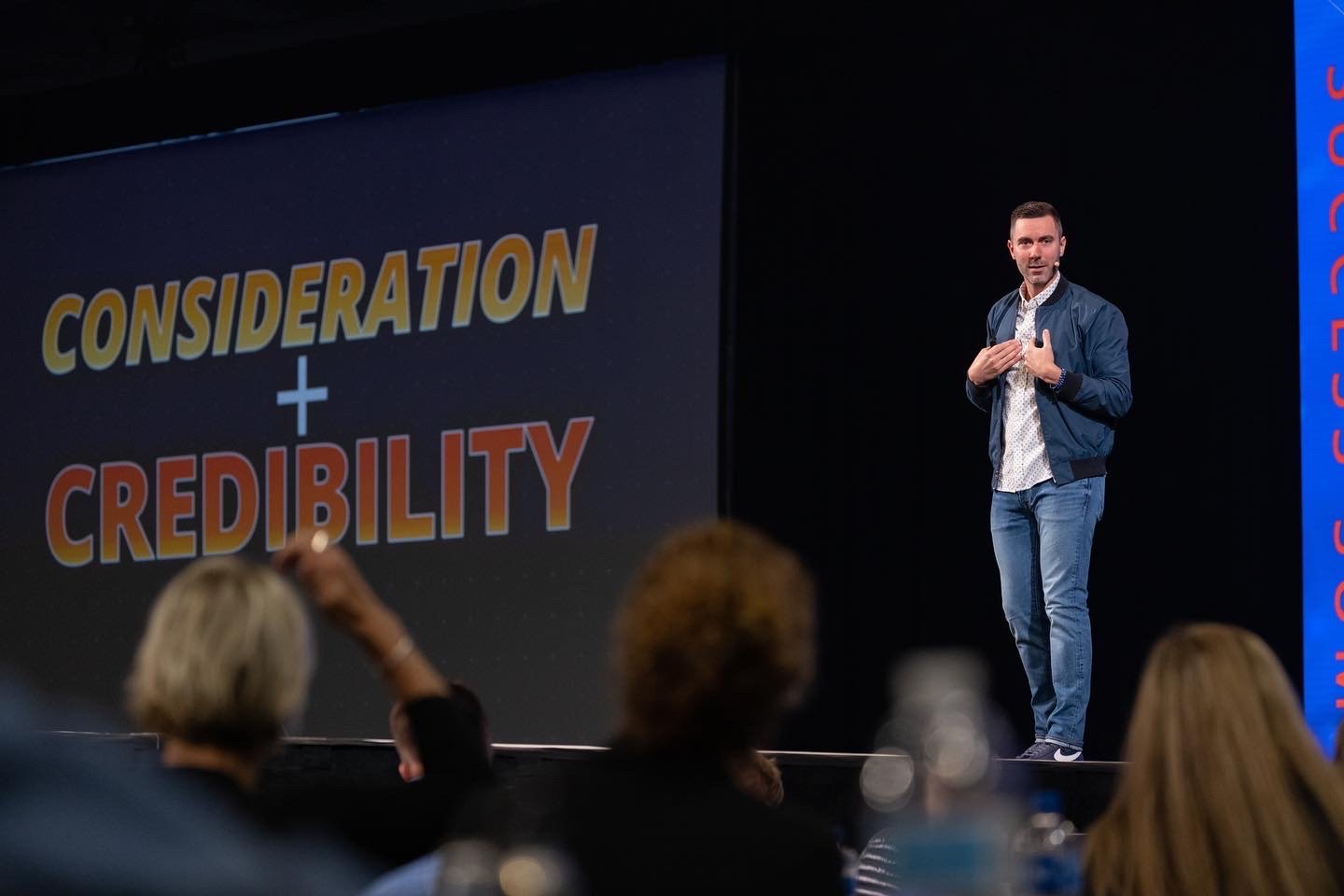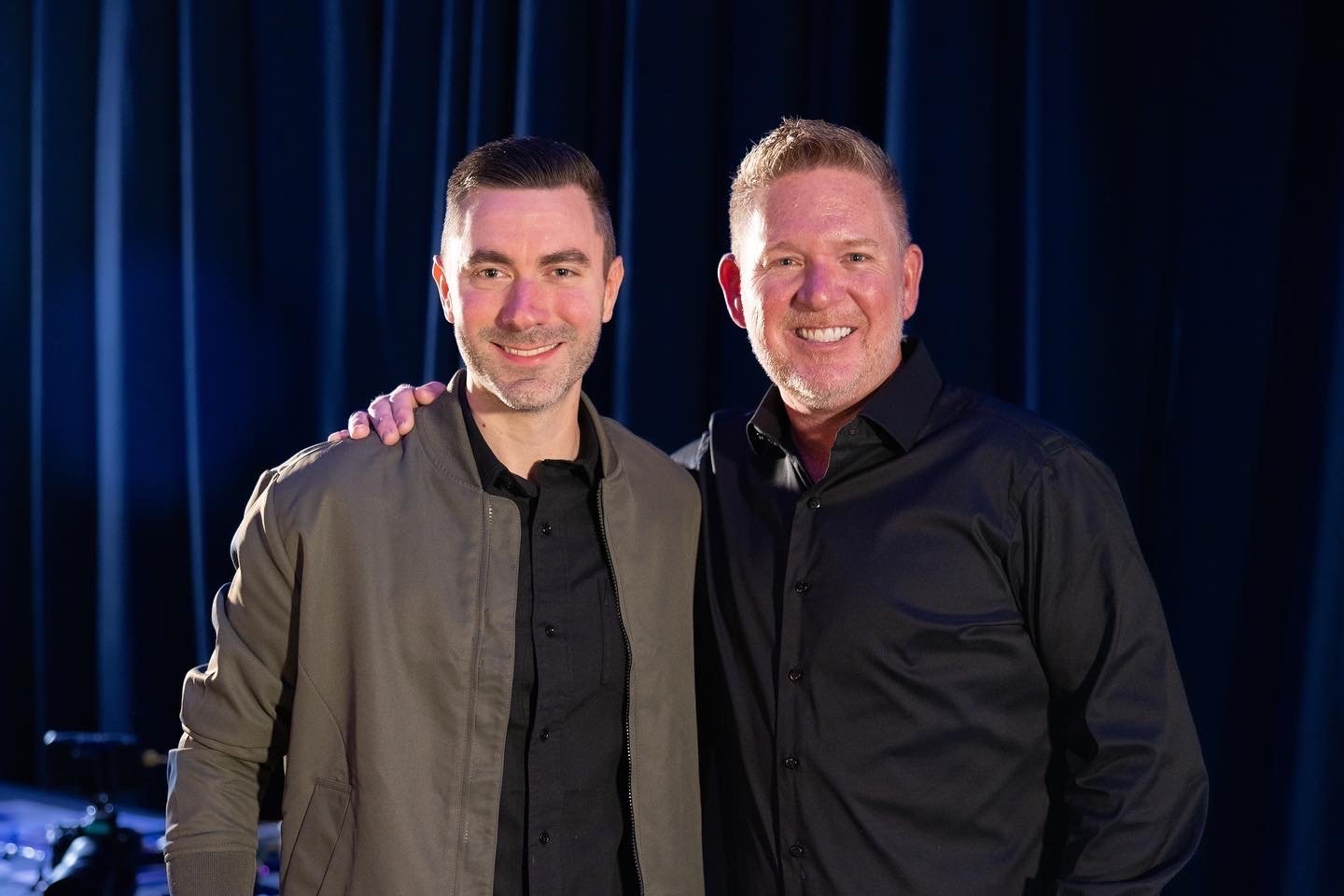How often should you post on Instagram? Just try Googling that question and you’ll find a wide variety of answers 🙃:
One reputable source will recommend 2-to-3 times a week.
Another will swear you’ve gotta post at least once-a-day.
A third source will urge you to post like 2-to-3 times a day, if you wanna grow.
So who has the right answer?
Logically, the more frequently you post (especially with Instagram Reels, for instance), the greater the total reach of your posts. That is, the more users who—whether they follow you or not—will see one or some of your posts. And, the more folks who see your content, the greater the odds of gaining new followers.
In a way, it’s like having a surplus whereby—because you “fed your followers,” so to speak—there’s still “reach” leftover for non-followers.
On the downside, however—the more often you post—you should also expect a slight reduction in the engagement rate of your respective posts.
Later Media, in fact, just did a comprehensive study on this exact topic. The loss of engagement is likely because Instagram’s algorithm—in the main Feed, especially (where your “engaged followers” are the most likely to see your posts)—tends to favor showing your most recent post. So if you’re posting like crazy, each respective post is gonna see slightly less of that action.
But don’t let that scare you into posting less. In fact, Later Media recommended that accounts with between 1,000 and 250,000 followers post, on average, 14-times a week. I’d wager that sources pretty daunting 😫. If so, I challenge to you look at your current content mix and ask FOUR questions:
What additional content am I missing that I should start producing?
How can I batch content to produce more of it in less time?
What existing content could I expand into multiple posts?—i.e., “slice-&-dice.”
What old content can I repost or repurpose?












